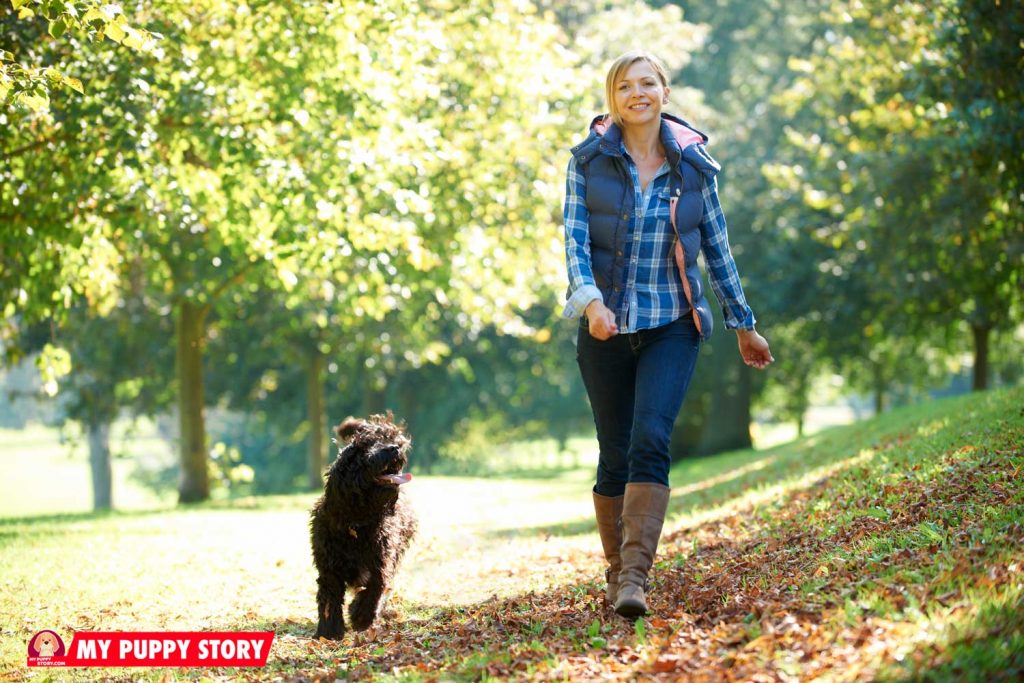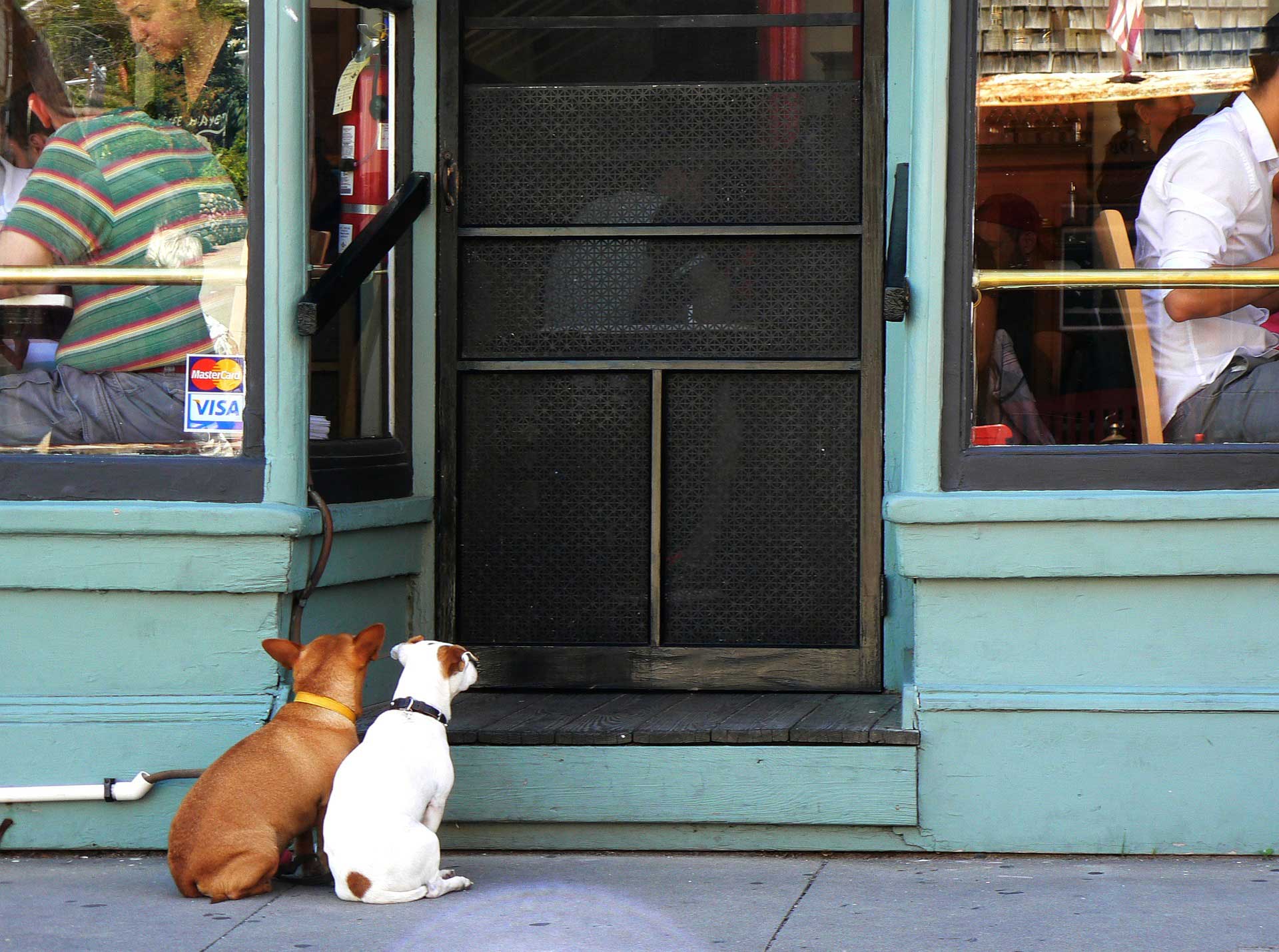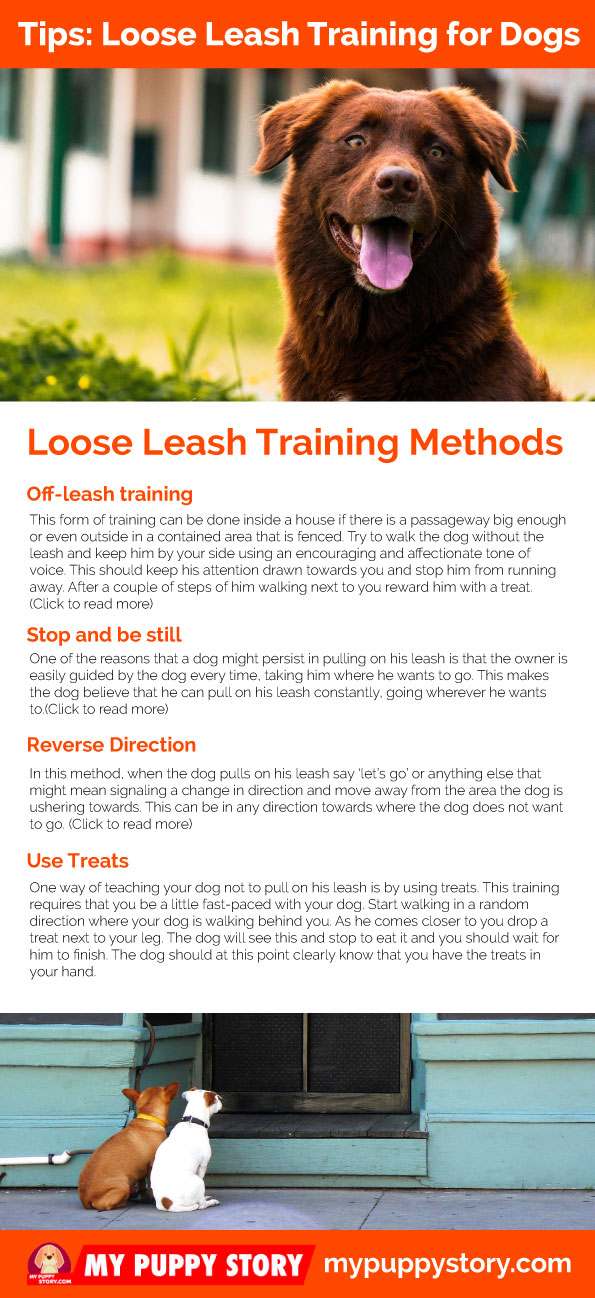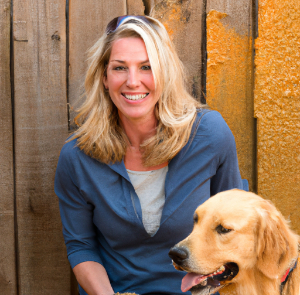
Dogs can be remarkable creatures. They are loving and loyal pets that can provide so much comfort to their owner for no other reason than they are their companions. For this reason, as dog owners, a distinct connection makes us feel responsible for and protective of our pets.
You don’t need to have a dog as a pet to know that one of the most common exercises that canines have to maintain is walking. Walking means going outside and apart from physical health, it also means stability for the dog’s mental health. Owners have a responsibility to make sure that their dogs get their appropriate hours of walking daily. Often, this exercise involves using a leash.
Now, walking can be a very difficult task for some owners because their dogs get excited. Being cooped up in the home all day can leave them excited when outside among the stimulating distractions. This can lead to them running in all directions and pulling on their leashes. This can be a very natural reaction for a dog, so try not to worry too much and instead focus on training your dog.
‘Off-leash training’
This form of training can be done inside a house if there is a passageway big enough or even outside in a contained area that is fenced. Try to walk the dog without the leash and keep him by your side using an encouraging and affectionate tone of voice. This should keep his attention drawn towards you and stop him from running away. After a couple of steps of him walking next to you reward him with a treat.
After a while, stop communicating with the dog and remain aloof to him. If you do this then the dog will lose interest and go away. Call him back in sixty seconds or so and wait for him to accompany you again. When he gets back, start talking to him and giving him treats again as you did before.
This can be helpful to keep the dog at your side. When you eventually use the leash to walk him he will be inclined to stay next to you as he has been trained to do so.

‘Stop and be still’
One of the reasons that a dog might persist in pulling on his leash is that the owner is easily guided by the dog every time, taking him where he wants to go. This makes the dog believe that he can pull on his leash constantly, going wherever he wants to.
The way to make sure that this does not happen is that every time the dog pulls on his leash, stop walking and stay still. When you do this, the dog might step or look back to see why you have done so. As he does this the leash will loosen considerably and you should start walking again. You will need to put this method in to practice a few times before your dog understands that pulling on the leash will not result in him getting what he wants as a reward.
‘Reverse Direction’
In this method, when the dog pulls on his leash say ‘let’s go’ or anything else that might mean signaling a change in direction and move away from the area the dog is ushering towards. This can be in any direction towards where the dog does not want to go.
Be gentle and do not pull and force the leash. This can be difficult as a dog’s pull can be very hard to shake: the best way to go about it is to use a high and excited voice that can get his attention and make him move the way you want.
Go in this direction until the dog stops pulling on the leash. When he is done you can turn back to your original path with a loose leash. This can be confusing for the dog so you must try it a few times, until the dog can be sure that you will not let him think that pulling on the leash will take him where he wants to go. As he realizes this from your demeanor, he will stop pulling on the leash on a regular basis.
Use Treats
One way of teaching your dog not to pull on his leash is by using treats. This training requires that you be a little fast-paced with your dog. Start walking in a random direction where your dog is walking behind you. As he comes closer to you drop a treat next to your leg. The dog will see this and stop to eat it and you should wait for him to finish. The dog should at this point clearly know that you have the treats in your hand.
When he is finished, walk in a different direction with the dog being behind you or at least a position where he is next to you. Just make sure that he is never walking ahead or in front of you. Again drop a treat close to your foot or even behind yourself and wait for the dog to eat it. After he is done, begin in the same manner again.
The aim is to walk a greater number of steps every time before you drop the treat, ensuring that the dog stays next to you as long as possible without encouragement. The whole idea is that the dog should not run ahead, so be careful where you throw the treats: they should be nearer behind you. Timing is also quite important as you have to do everything to keep the dog next to you, so you can’t wait too long to drop the treats. This conditioning should result in the dog staying closer and thereby not pull on his leash.
Be sure to remember that no matter what the method is, dogs learn by practice and practice needs patience. Most importantly, remember that they are all different when it comes to training. So if your dog is taking some time to understand the directives, be patient - he will learn.
Share and Pin

